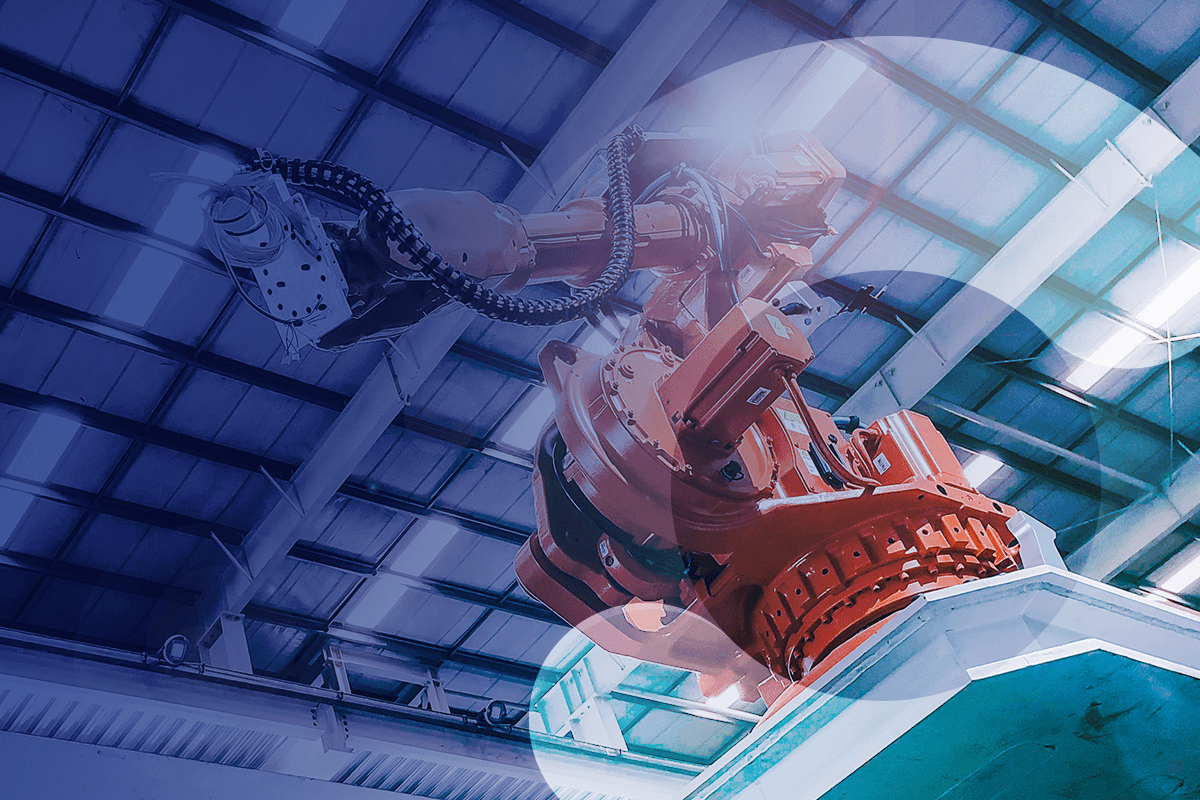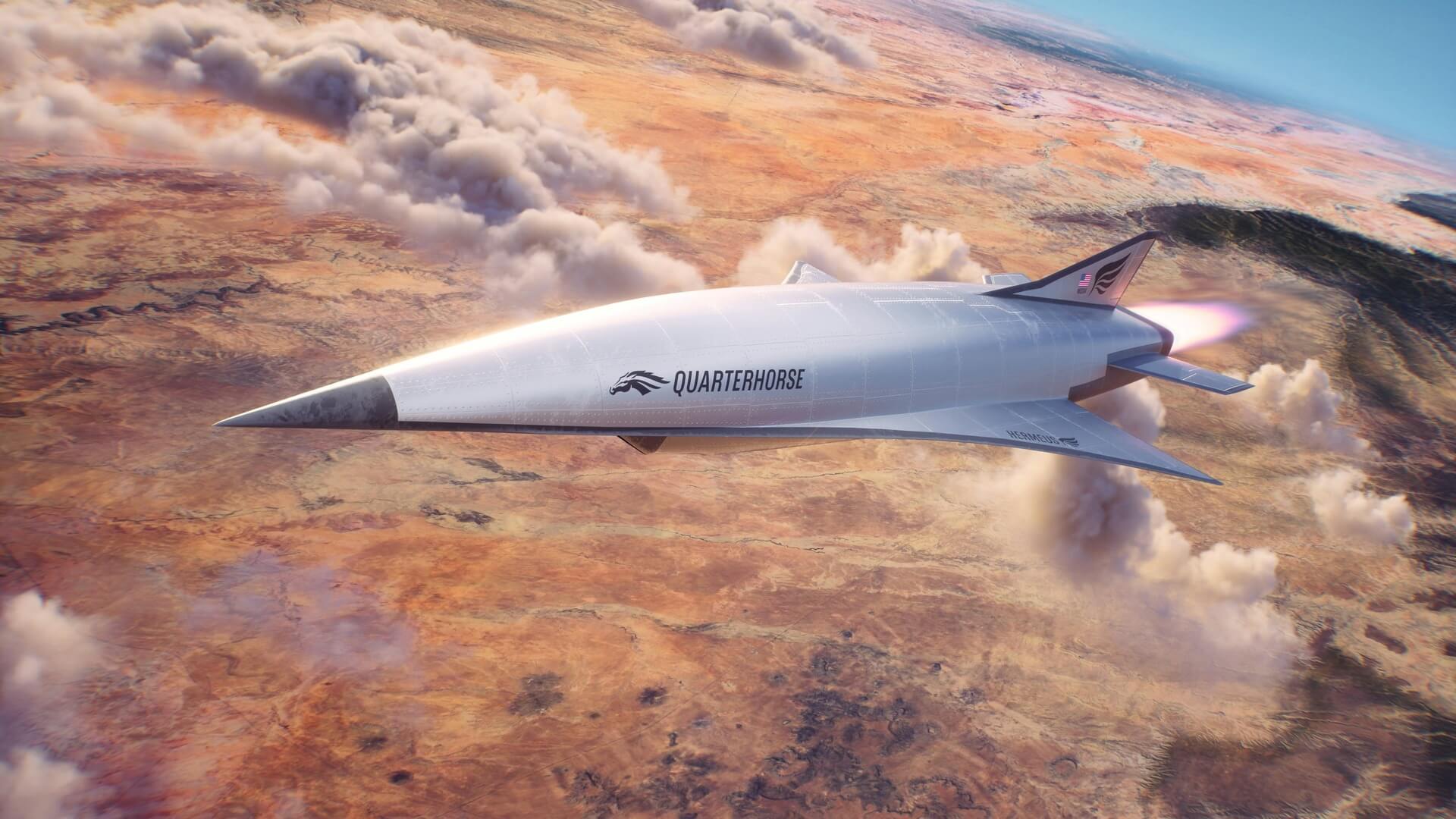
How Is Industrial Automation Changing Manufacturing?
November 14, 2017 - Emily Newton
Revolutionized is reader-supported. When you buy through links on our site, we may earn an affiliate commission. Learn more here.
Industrial automation is one of those things people either love or hate — you love the idea of using robots for more consistently precise production, but hate the fact that these machines might be taking away jobs from manufacturing workers. Whether you like it or not, industrial automation is changing the face of manufacturing. How have these changes already manifested and how will automation continue to change the manufacturing industry in the future?
Labor Shortage Solutions
The manufacturing industry is facing a growing labor shortage problem. There aren’t enough skilled workers entering the field to replace those that are reaching retirement age while still allowing for growth over the next 10 years.
Automation can help to mitigate the effect of these shortages by performing some of the required tasks. These industries will likely always require human interaction at some level, but we could potentially automate many of the positions that are facing shortages to reduce the impact. In the long term, this could even help encourage additional education and advancement for workers in the field.
Increases in Worker Safety
Depending on the type of product one is assembling, manufacturing can be a dangerous career. Automating the most dangerous parts of the job can help increase worker safety by simply keeping them out of harm’s way. It also makes it easier for a company to remain compliant with OSHA regulations and other worker safety protocols.
Reduced Occurrence of Human Error
For many industries, the goal of manufacturing is to provide the same quality in every single product shipped. Standard operating procedures can help improve product quality and consistency, but when human workers are involved, it’s not always 100 percent possible. That is simply the nature of human error. Automating some tasks can help to improve overall quality by removing human error from the equation.
This isn’t to say these automated manufacturing processes can exist without human oversight — we should still inspect products to ensure consistent quality.
Reduced Employee Costs
Initially purchasing the equipment needed to automate your manufacturing process might be expensive, but it can help reduce overall employee costs. Automated manufacturing systems don’t have any needs beyond maintenance — there’s no additional cost for things like payroll, sick days, benefits or other potential expenditures.
This could be ideal for small companies just starting out in the manufacturing industry. The initial investment in automated manufacturing equipment could easily outweigh the continued cost of a fleet of employees to do the same work.
Increased Production
Due to human limitations and labor laws, the amount of work one person can do is limited. Automated equipment doesn’t have that limitation. Theoretically, these machines can continue to work 24 hours a day without need for breaks, shift changes or meals. This allows you to continue production throughout the day, regardless of the need for human involvement.
In the future, these types of machines might not even need any human workers on location in order to function properly. They could use mobile notifications to inform their human counterparts of any problems with the equipment or manufacturing process. Some machine learning software is even capable of performing preventive maintenance analysis to alert the proper team member that problems might occur.
Projections for the Future
What can industrial automation do in the future to improve the manufacturing industry? Other than what we’ve already listed above, this type of automation has the potential to:
- Increase worker quality of life. Automation can be used to complete the menial and mindless tasks that are normally done by human workers. This can help increase overall quality of life by allowing more time for creative or educational pursuits.
- Improve specialized training. Advanced automation will require a new generation of skilled workers and advanced education. This could help create a more stable and more educated middle class and start to eliminate some of the rampant income inequality that exists in the country.
- Reduced product costs. By utilizing automation to cut employee costs, you can reduce the overall cost of your product and pass those savings on to your customers.
Automation will also allow smaller companies to be more competitive in a global market. In practicality, it is much easier for a small company to invest in the technology required for automation and remain competitive than it is to create a large enough workforce to do the same. This makes it easier for startups to make an entrance in an extremely competitive market — many of these startup companies are creating innovations the industry sorely needs.
Automation gets a bad rap because robots are accused of stealing jobs from human workers, but in reality, automation will help to streamline and improve the industry as a whole, while encouraging workers to expand their horizons. It can also help mitigate the growing lack of skilled labor that will continue in the next decade. Robots aren’t stealing jobs — they’re making the jobs work better than they ever have before.
Revolutionized is reader-supported. When you buy through links on our site, we may earn an affiliate commission. Learn more here.
Author
Emily Newton
Emily Newton is a technology and industrial journalist and the Editor in Chief of Revolutionized. She manages the sites publishing schedule, SEO optimization and content strategy. Emily enjoys writing and researching articles about how technology is changing every industry. When she isn't working, Emily enjoys playing video games or curling up with a good book.






